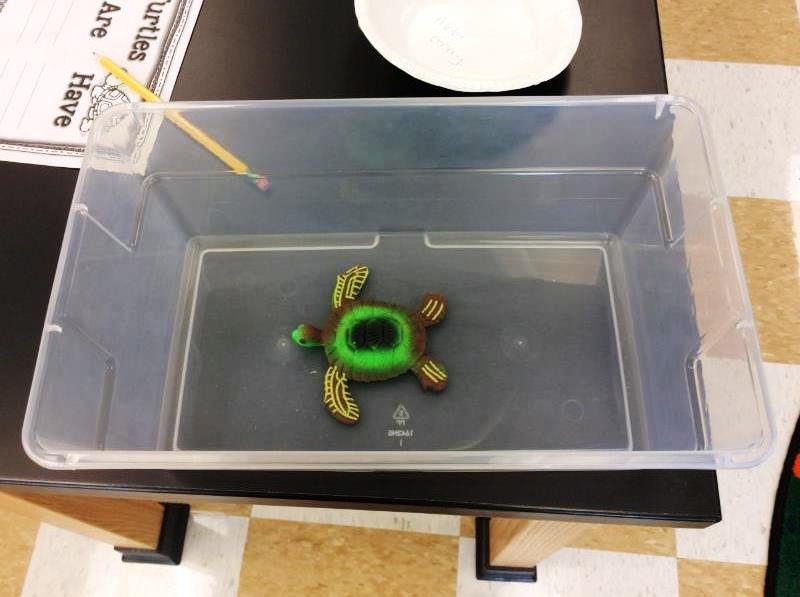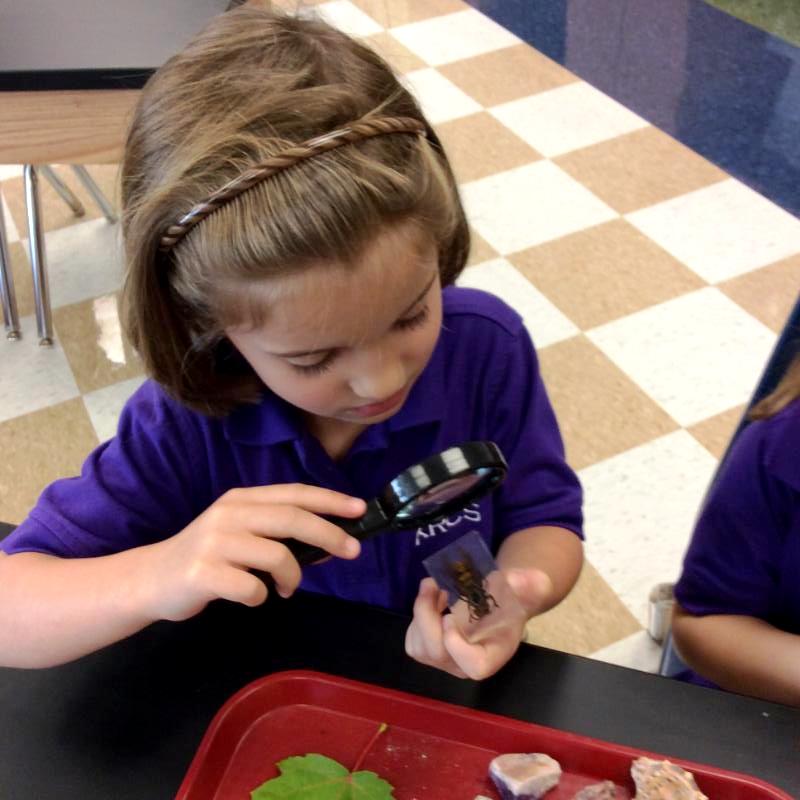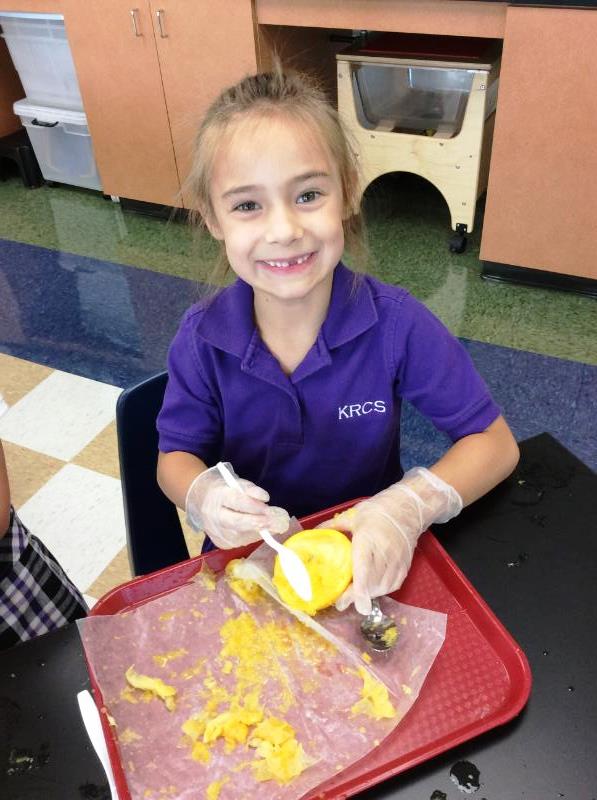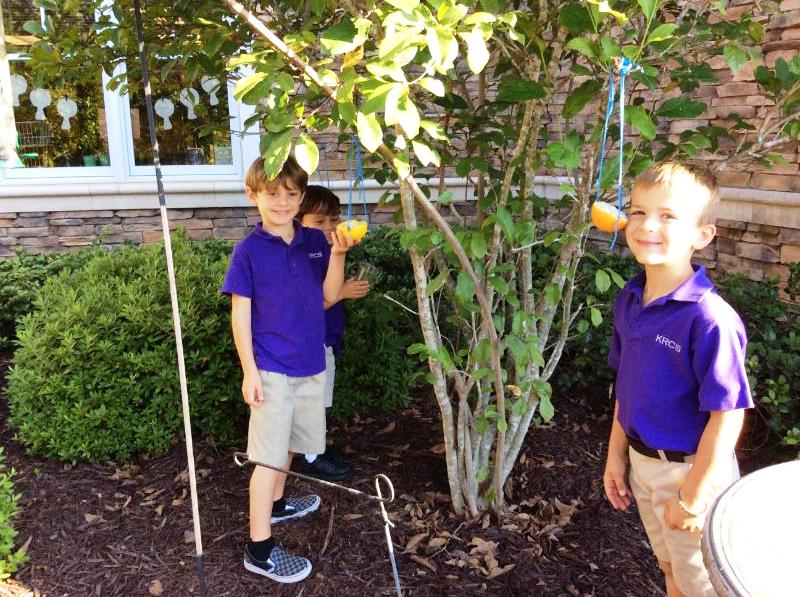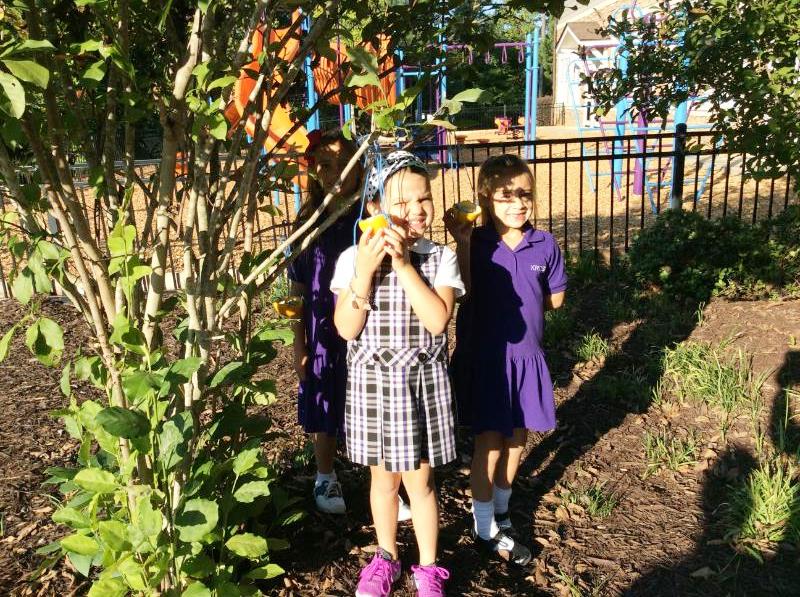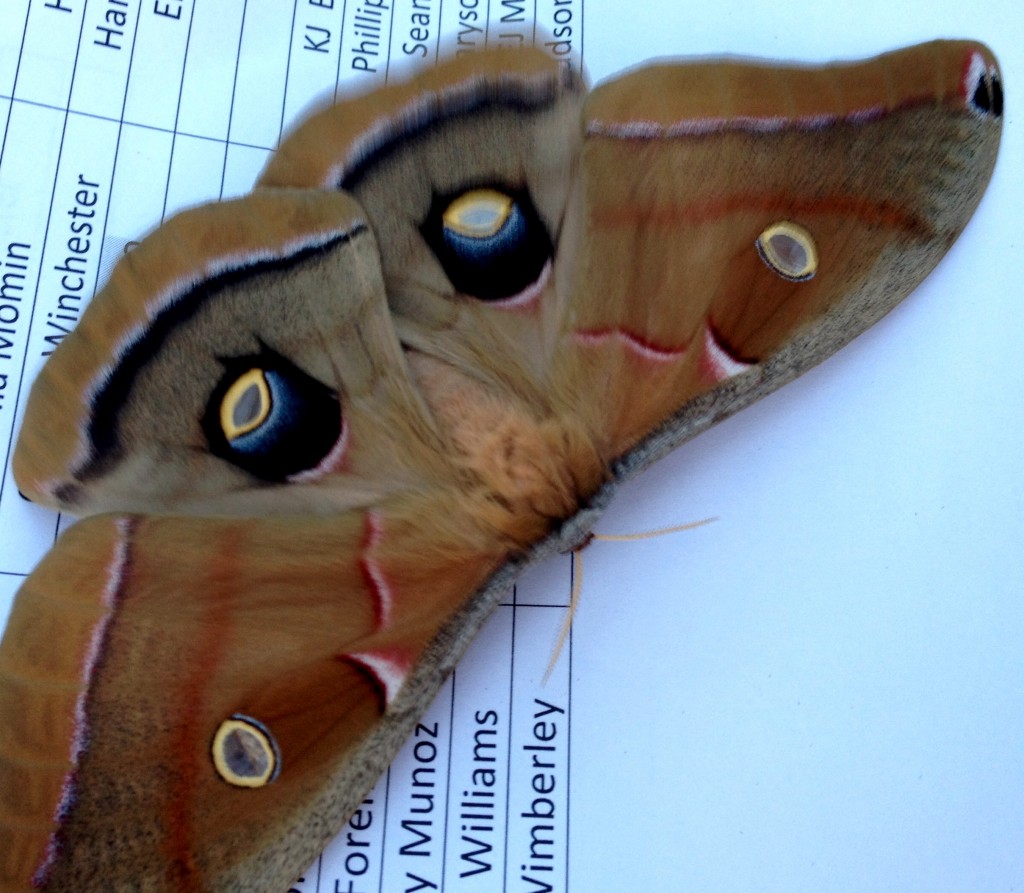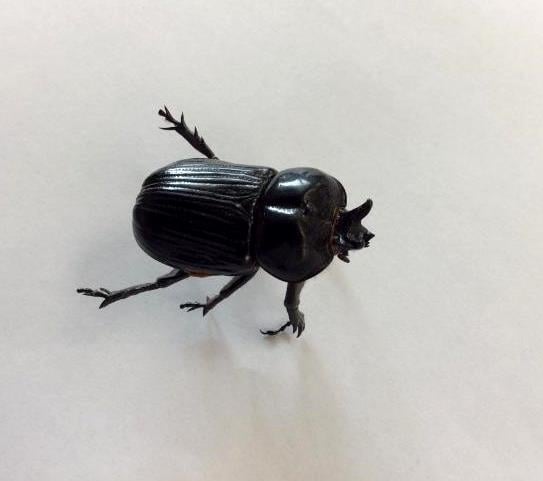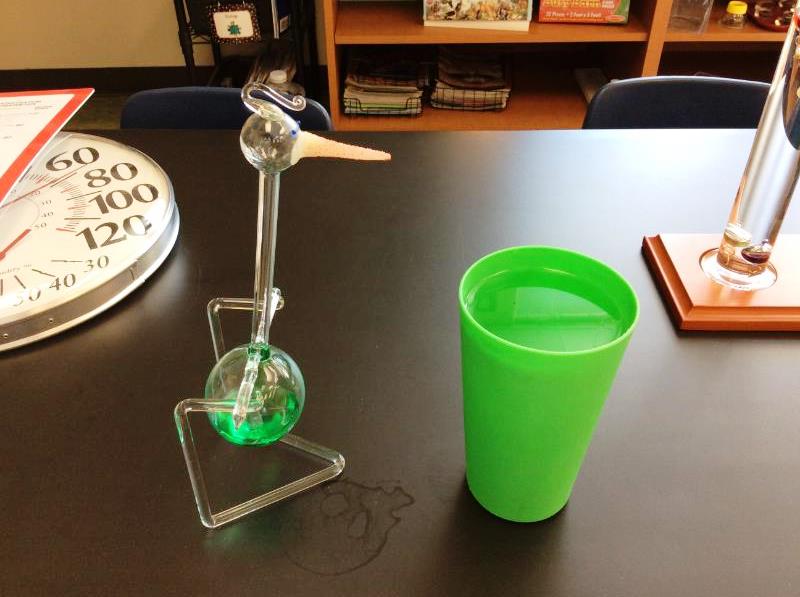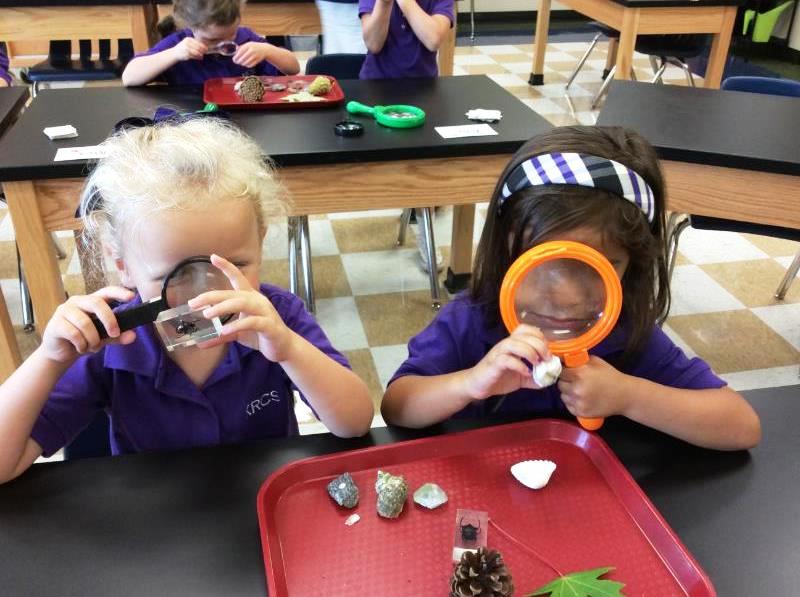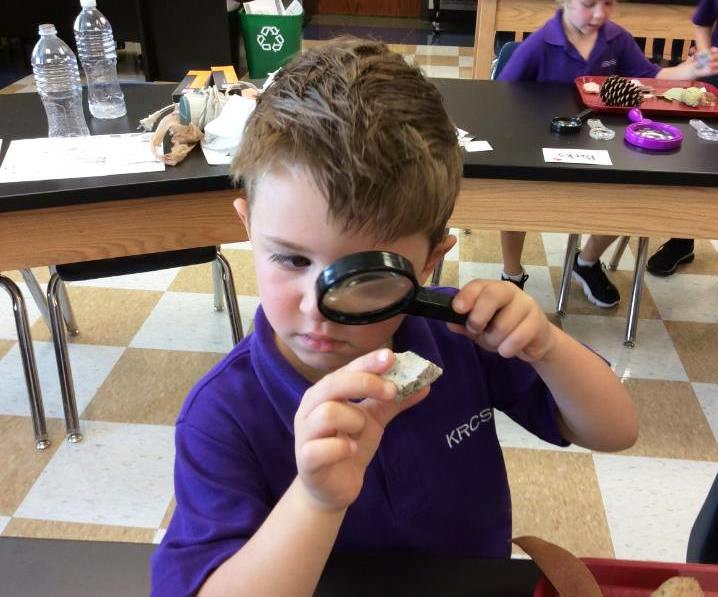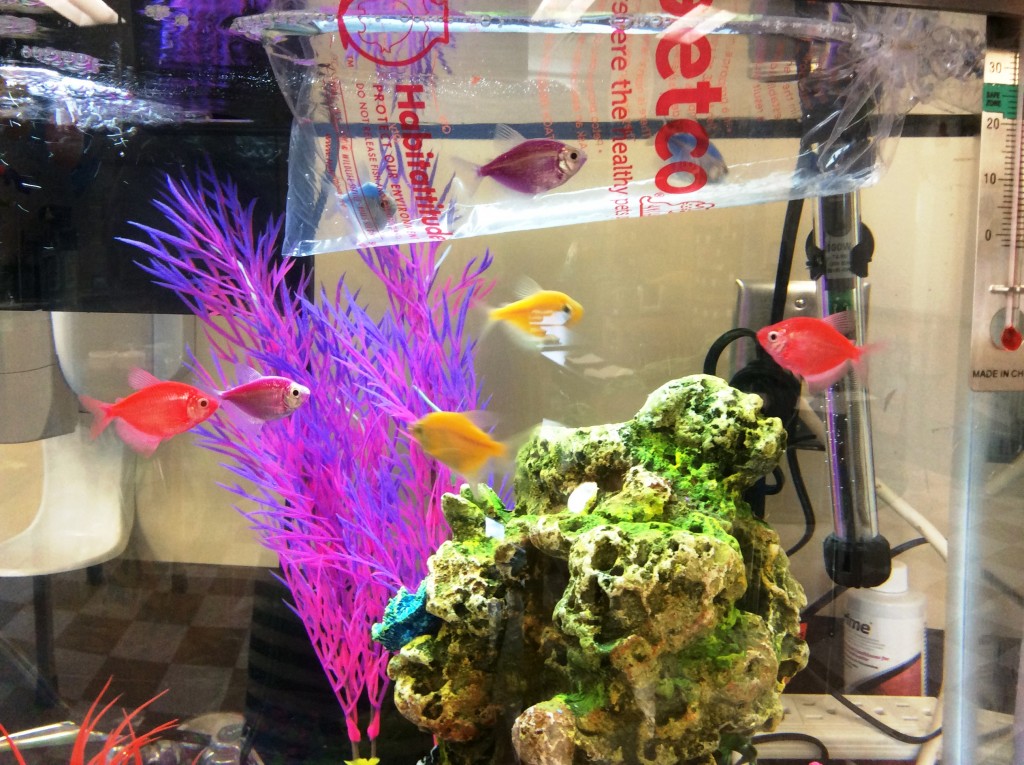In conjunction with their living and non-living science unit, first grade biologists continued their study of turtles. We wrote our first lab report. Then, we discussed the connection between art and science before creating turtles. To construct a turtle, we need to be knowledgeable of its body parts. We observed our lab turtle and I also projected real turtle shells with my doc camera. Of course, we added a little of our own style and creativity to this project.
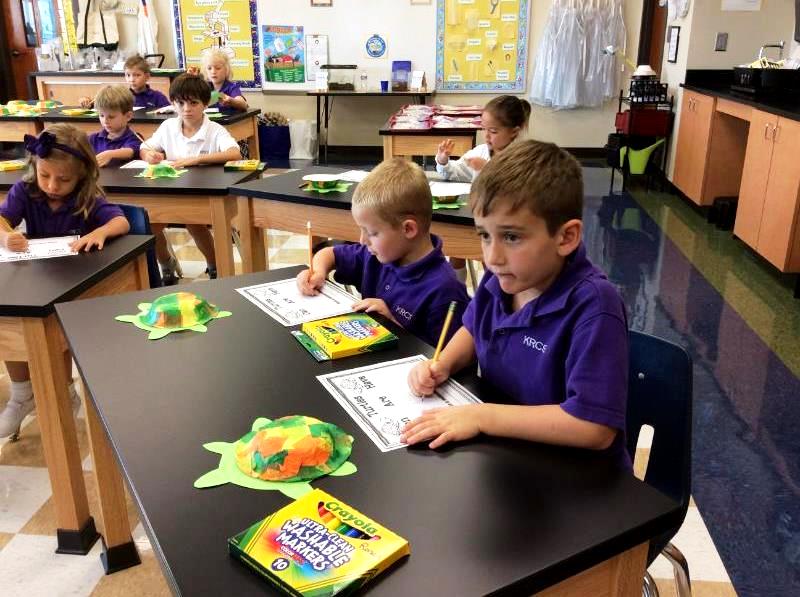

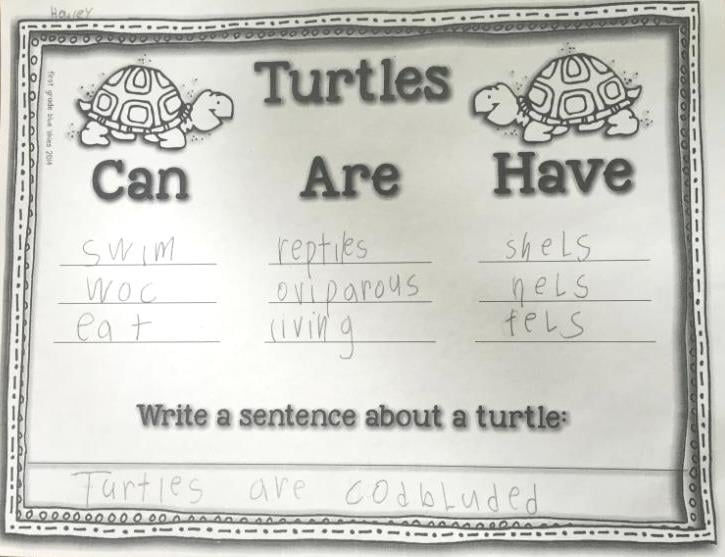


I also gave each class a pet turtle to keep in their classrooms. The little sea turtle was four inches. Will it grow and change like a living thing? If it does, is it a living thing?
